Smallest Sunflower are a specific variety that grows smaller compared to traditional sunflowers. They are ideal for small gardens, containers, or adding color to flower arrangements. Popular varieties include “Teddy Bear,” “Sunspot,” and “Little Becka.”
They need full sun, well-drained soil, and regular watering for optimal growth. Here we will delve into the world of the Sunflower and how it can bring beauty and joy to your garden. We will guide you through the step-by-step process of planting and caring for your Sunflowers.
We’ve got you covered, from preparing your garden to harvesting the seeds. So grab your gardening gloves and get ready to create a stunning display of vibrant yellow blooms in your garden with the Sunflower.
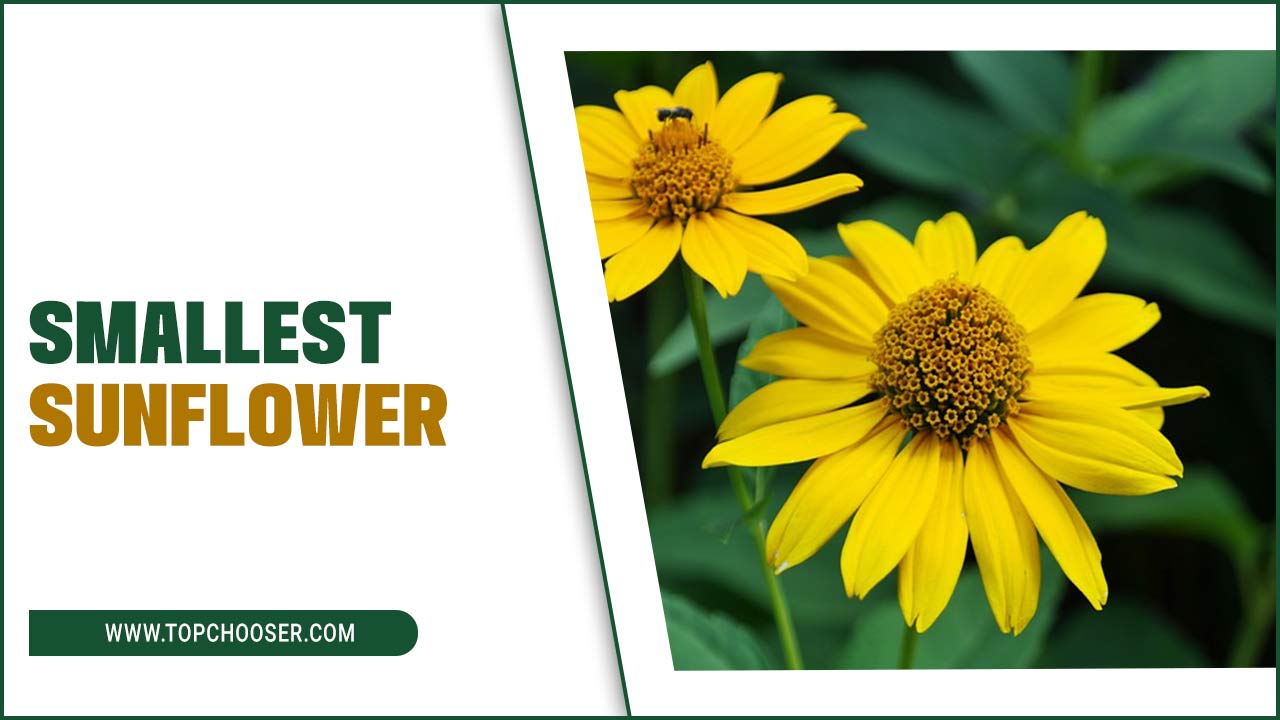
Steps To Plant The Smallest Sunflower
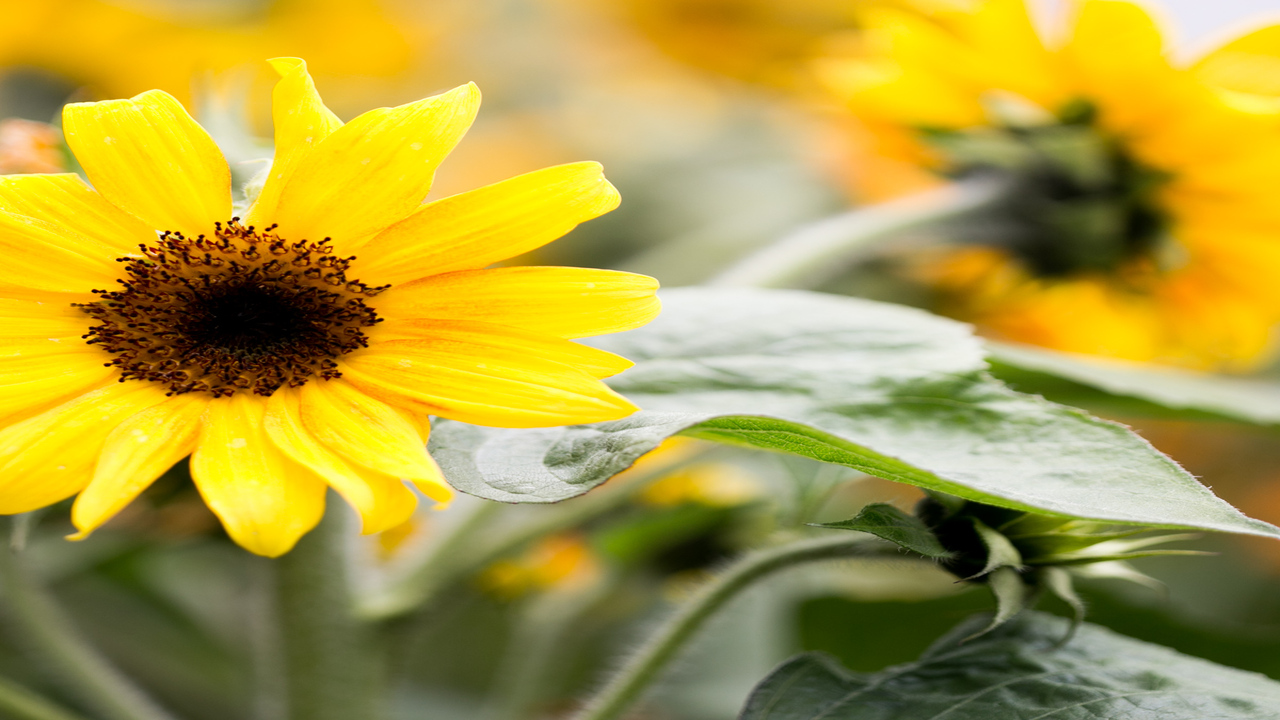
Properly planting the Smallest Sunflower is crucial for optimal growth. By following the correct techniques, you can prevent overcrowding and competition for resources. Adequate spacing allows for air circulation, reducing disease risk.
Planting depth affects root development and overall health. Following recommended methods increases germination and establishment success. These steps ensure that your Sunflowers thrive and bloom beautifully in your garden. Here are step-by-step guides to planting the Sunflower.
1. Preparing Your Garden For Planting
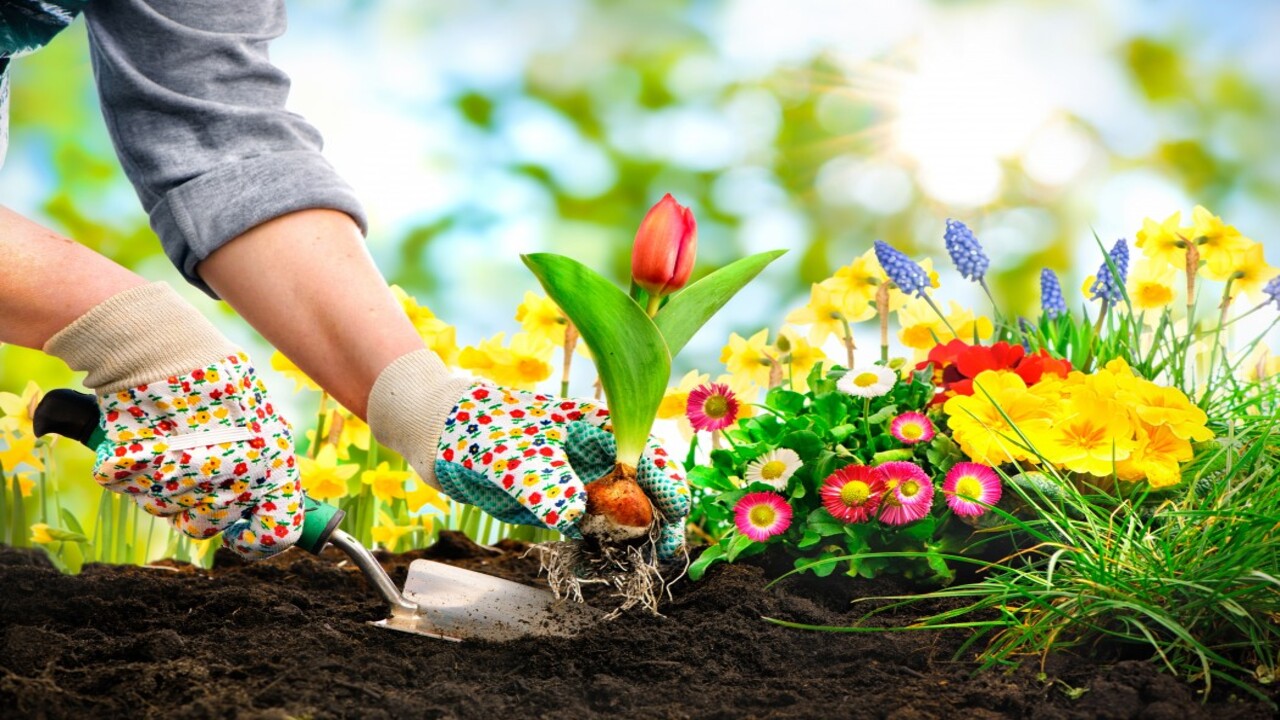
To prepare your garden for planting the Sunflower, choose a sunny location that receives full sun for most of the day. Clear the area of any weeds or debris and loosen the soil using a garden fork or tiller. Adding organic matter like compost or well-rotted manure will enhance the soil’s fertility.
Dig a hole slightly larger than the root ball of the sunflower plant and place it in the hole, ensuring that the top of the root ball is level with the surrounding soil. Gently backfill the hole, firming the soil around the roots. Following these steps creates an ideal sunflower environment to thrive and bloom beautifully.
2. Selecting The Right Sunflower Variety
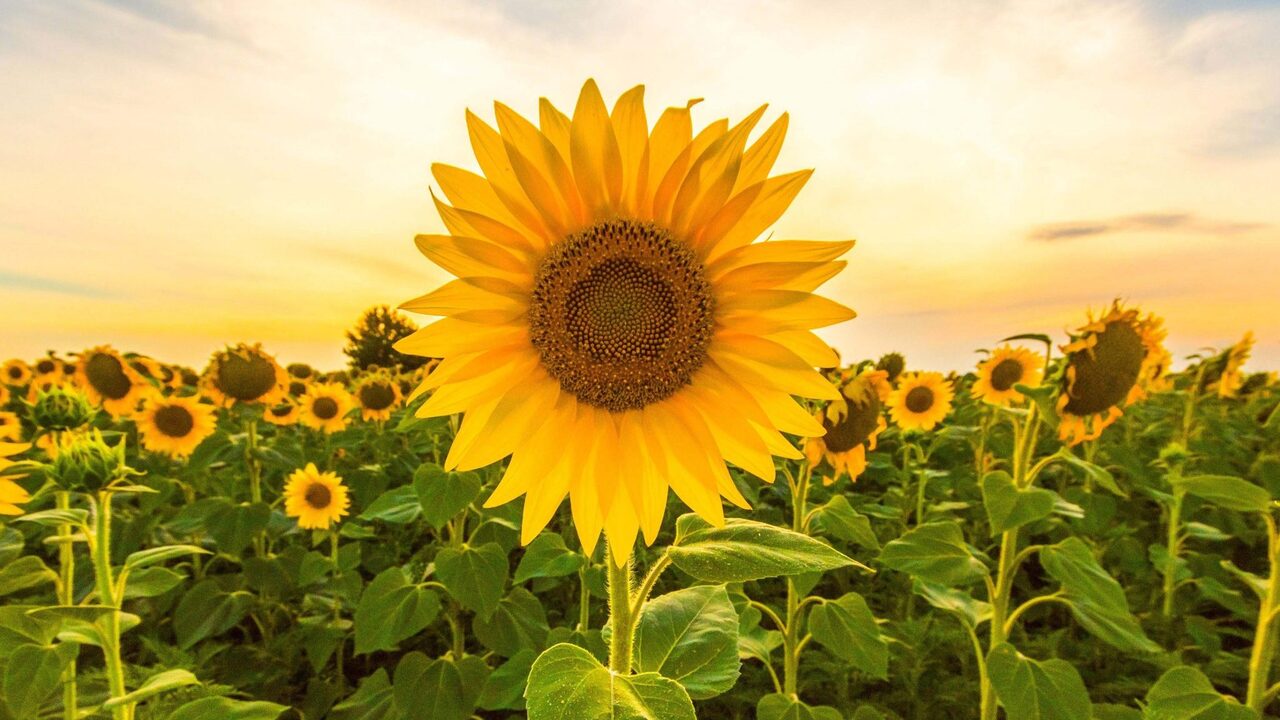
When planting the Sunflower, selecting the right sunflower variety is crucial. There are specific sunflower varieties that stay small and compact, such as ‘Teddy Bear’ or ‘Sundance Kid.’ However, it’s important to consider the height and spread of the sunflower, as some varieties may grow taller than expected.
It’s recommended to read the seed packet or research to ensure you choose a variety suitable for your garden space. By selecting the right sunflower variety, you can enjoy the beauty of these flowers in a smaller, more manageable size.
3.Preparing The Soil
Select a sunny location in your garden to prepare the soil for planting the Sunflower. Remove weeds or grass and loosen the soil using a garden fork or tiller. Enhance the soil’s fertility and drainage by adding organic matter like compost or well-rotted manure.
Dig a hole slightly larger than the root ball of the sunflower plant. Place the plant in the hole, ensuring the top of the root ball is level with or slightly above the soil surface. Gently backfill the hole, firming the soil around the plant’s roots. Properly preparing the soil creates an ideal environment for the sunflower to grow and flourish.
4.Planting Sunflower Seeds
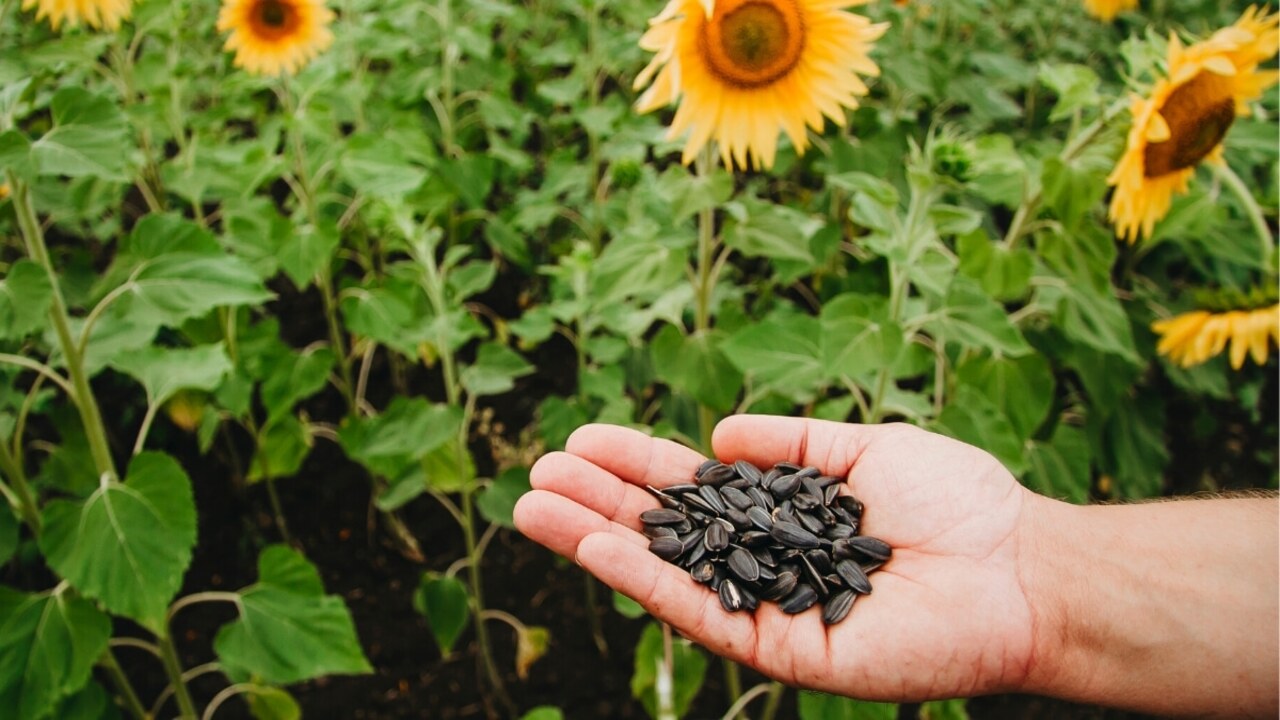
To successfully plant sunflower seeds, select a sunny location in your garden. Make sure the soil is well-draining and free of weeds and debris. Dig about 1 inch deep in small holes and place one sunflower seed in each hole, covering them with soil. Gently water the newly planted seeds to keep the soil moist.
Consider providing support like stakes or trellises as the sunflowers grow. By following these steps, you can ensure that your sunflower seeds have the best chance of germinating and growing into beautiful sunflower plants that will brighten your garden.
5. Watering Requirements
Watering is crucial for the growth of sunflowers, especially during the germination and early growth stages. After planting the sunflower seeds, water the soil thoroughly to ensure good seed-to-soil contact. Once the sunflower sprouts, deep watering once or twice a week is recommended, depending on the weather and soil conditions.
Be cautious not to overwater, as it can lead to root rot and other issues. To determine when to water, check the soil moisture level by inserting your finger about an inch into the soil. If it feels dry at that depth, it’s time to water. Remember to water at the base of the sunflower plant instead of overhead to prevent fungal diseases.
6. Sunlight Requirements
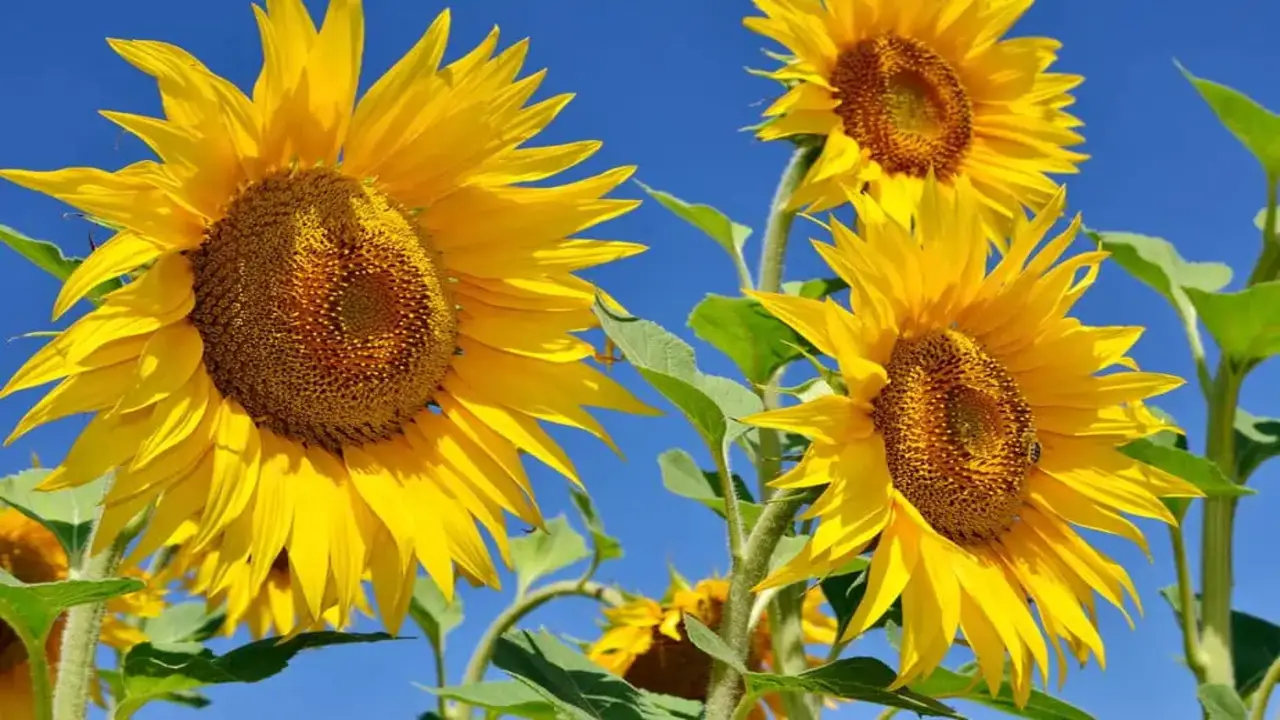
Sunflowers thrive in full sun, requiring a minimum of 6-8 hours of direct sunlight daily. When choosing a spot in your garden, prioritize locations that receive the most sunlight throughout the day. Before planting the Sunflower seeds, prepare the soil by removing any weeds or debris and loosening it using a garden fork or tiller.
Plant the seeds about 1 inch deep and space them 6 inches apart in rows or clusters. Ensure immediate watering after planting and maintain consistent moisture in the soil until germination. Once the seedlings have sprouted, water them regularly, allowing the top layer of soil to dry out between waterings.
7. Fertilizing Sunflowers
When fertilizing sunflowers, starting with well-drained soil rich in organic matter is important. Before planting, loosen the soil and remove any weeds or debris. When selecting a fertilizer, look for one high in phosphorus, promoting healthy root development and flower production.
Apply the fertilizer following the instructions on the package, spreading it evenly around the base of the plants and lightly working it into the soil. Remember not to over-fertilize, as excessive foliage growth can hinder flower production. Once fertilized, water the plants thoroughly to activate the nutrients in the soil.
8. Controlling Weeds
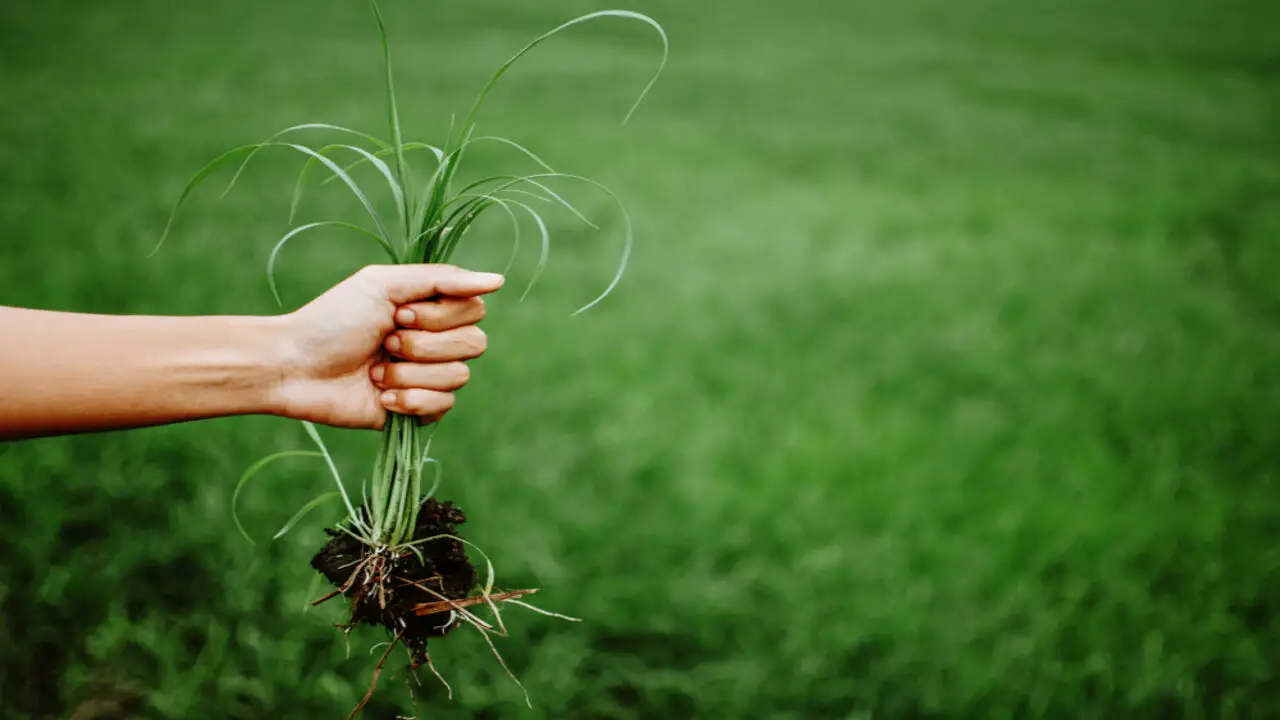
Controlling weeds is an essential step before planting the Sunflower in your garden. Weeds can compete with sunflowers for nutrients and water, hindering their growth. To begin, clear the area where you plan to plant the sunflower of any existing weeds. Loosen the soil and remove weed roots using a hoe or hand tool.
Consider using a weed barrier or mulch around the sunflower to prevent new weeds from sprouting. It’s important to regularly check for and remove any new weed growths around the sunflower. Taking these measures ensures your Sunflower has the best conditions to thrive and bloom beautifully.
9. Staking Sunflowers
Staking sunflowers is an essential step when planting Sunflowers in your garden. These charming and unique flowers need support to prevent them from bending or breaking in strong winds or heavy rain. To stake a Sunflower, insert a sturdy wooden or metal stake near the base of the plant.
Carefully tie the stem to the stake using soft garden twine or plant ties, ensuring not to constrict or damage the stem. As the sunflower grows taller, regularly tie it to the stake to provide ongoing support. Staking sunflowers will help them thrive and bloom beautifully in your garden.
10. Pest And Disease Control
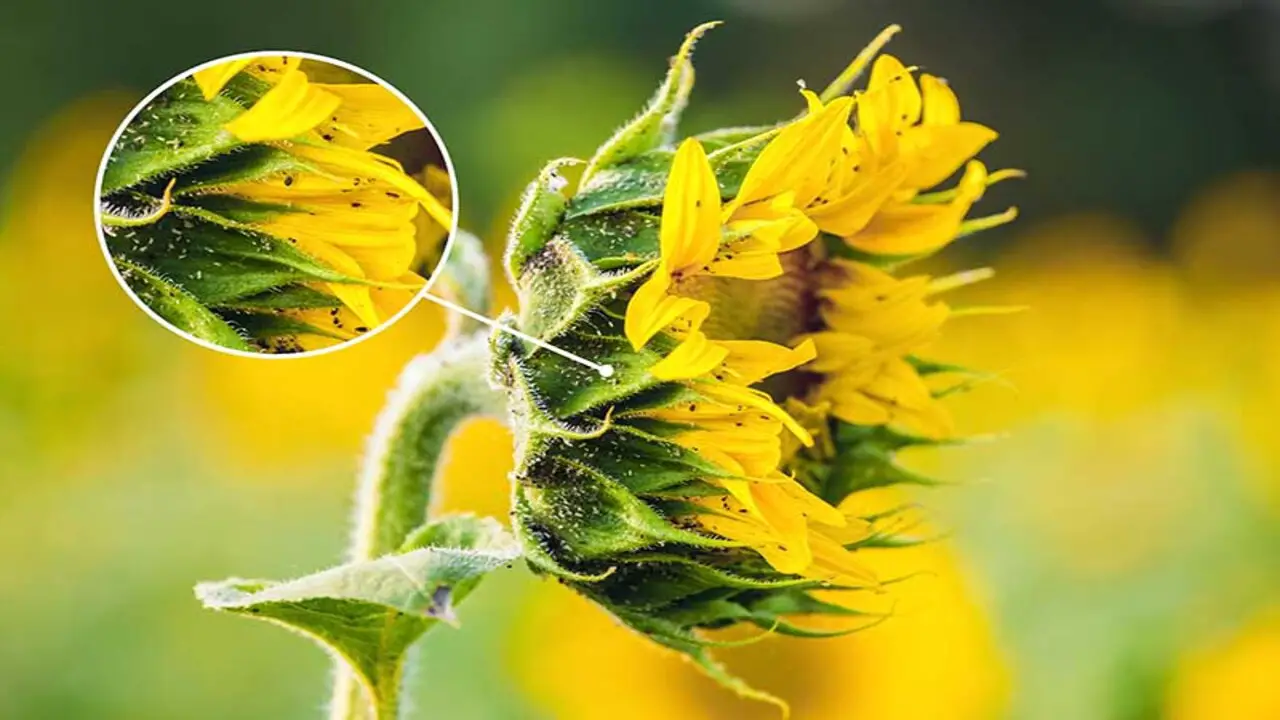
While sunflowers are generally resistant to pests and diseases, there are still some common issues to be aware of. One potential pest to watch out for is aphids, which can infest sunflowers and cause damage to the leaves and stems.
To control aphid populations, you can use insecticidal soap or neem oil. Another issue to be mindful of is powdery mildew, a fungal disease that can affect sunflowers and create white powdery patches on the leaves. If necessary, remove infected leaves and treat them with a fungicide.
Downy mildew is another fungal disease that affects sunflowers, causing yellowing and wilting of the leaves. If you observe any signs of pests or diseases, it’s important to take appropriate action to prevent their spread. Regularly inspecting your sunflower plants is key to maintaining their health and well-being.
11. Harvesting Sunflower Seeds
For successful harvesting of sunflower seeds, start by choosing a small variety such as the Dwarf Sunflower or the Teddy Bear Sunflower. Prepare the soil by removing weeds and adding compost or organic matter for nutrients.
Plant the sunflower seeds in a sunny spot, following the spacing instructions on the seed packet. Regularly water the seeds, ensuring the soil remains moist but not waterlogged. As the sunflowers grow, consider taking them to provide support against strong winds. Watch for the sunflower heads to start drooping and turning brown, signaling that it is time to harvest the seeds.
12. Choosing The Right Type Of Sunflower For Your Garden
When selecting a sunflower variety for your garden, there are a few factors to consider. First, take into account the available space in your garden. Smaller gardens or containers can benefit from dwarf or miniature sunflower varieties, specifically designed to be compact.
Check the sunflower variety’s height and spread to ensure it will fit well in your garden space. When purchasing sunflower seeds, look for those labeled “dwarf” or “miniature” to guarantee you’re getting the right size.
Before planting, prepare the soil by removing any weeds and loosening it with a garden fork or tiller. Following the instructions on the seed packet, plant the sunflower seeds at a depth of about 1-2 inches, spacing them several inches apart. Keep the soil consistently moist until germination occurs, watering thoroughly but avoiding waterlogging.
How Often Should You Water Your Sunflowers?
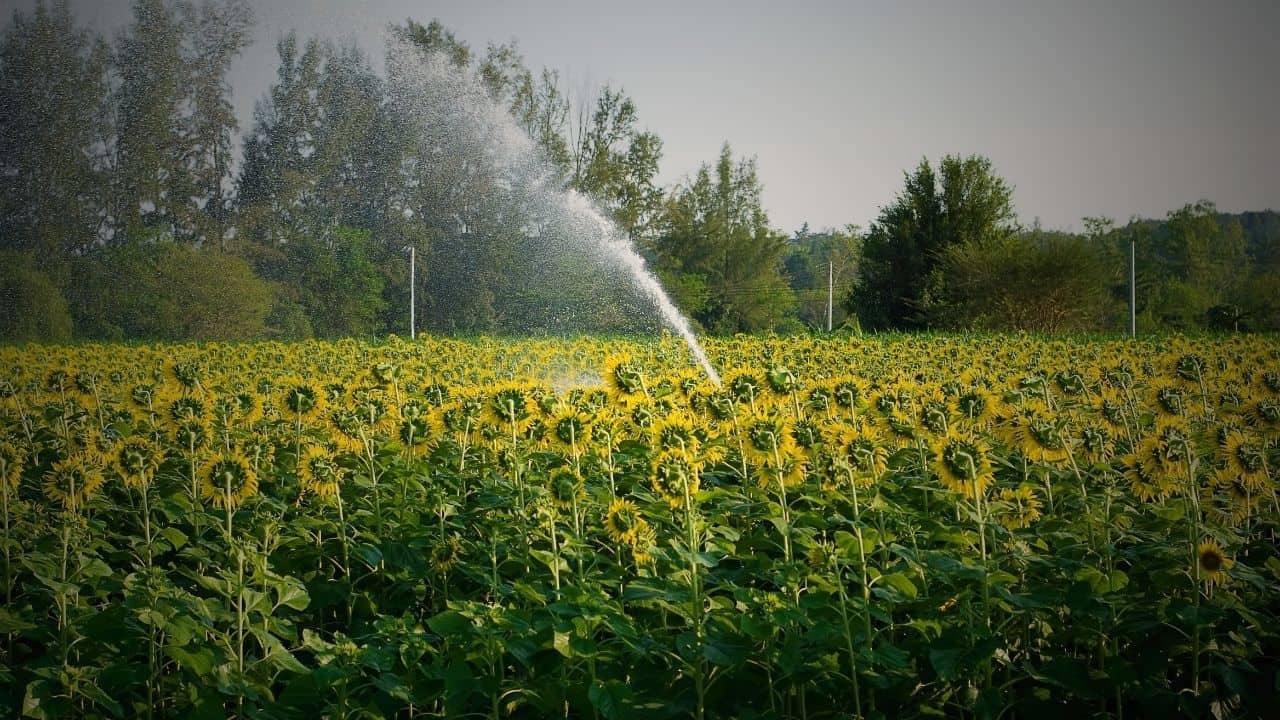
Watering your sunflowers deeply once a week is recommended. Before watering, check the soil moisture to avoid overwatering. It’s best to water in the morning or evening to prevent evaporation. Adjust the frequency based on weather conditions and soil moisture levels.
Conclusion
Planting the Smallest Sunflower in your garden can add beauty and charm to your outdoor space. Following the steps outlined here, you can ensure your sunflowers thrive and flourish. Each step is crucial for successful sunflower cultivation, from preparing the soil to selecting the right variety and controlling pests and diseases.
Remember to provide adequate water, sunlight, and fertilizer to support their growth. Additionally, harvesting the sunflower seeds can be a rewarding experience. So why wait? Start planting the Sunflower in your garden today and enjoy the vibrant colors and cheerful blooms. Hope the above outline will help you to plant Sunflower in your garden.
Frequently Asked Questions
[rank_math_rich_snippet id=”s-feccf6fb-6356-4c46-80df-04438c34bb4a”]

I am passionate about home engineering. I specialize in designing, installing, and maintaining heating, ventilation, and air conditioning systems. My goal is to help people stay comfortable in their homes all year long.
